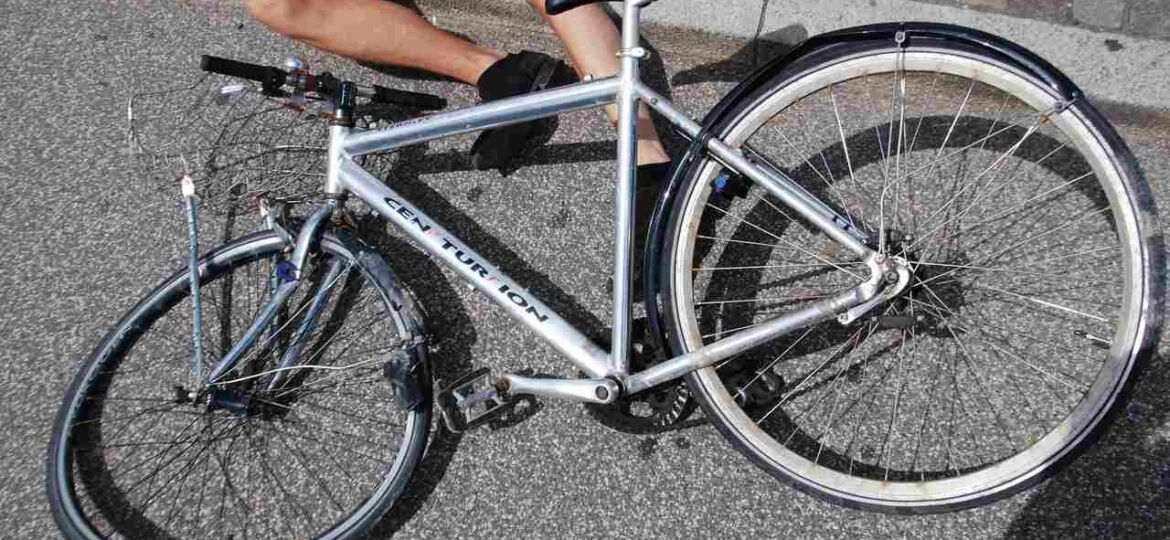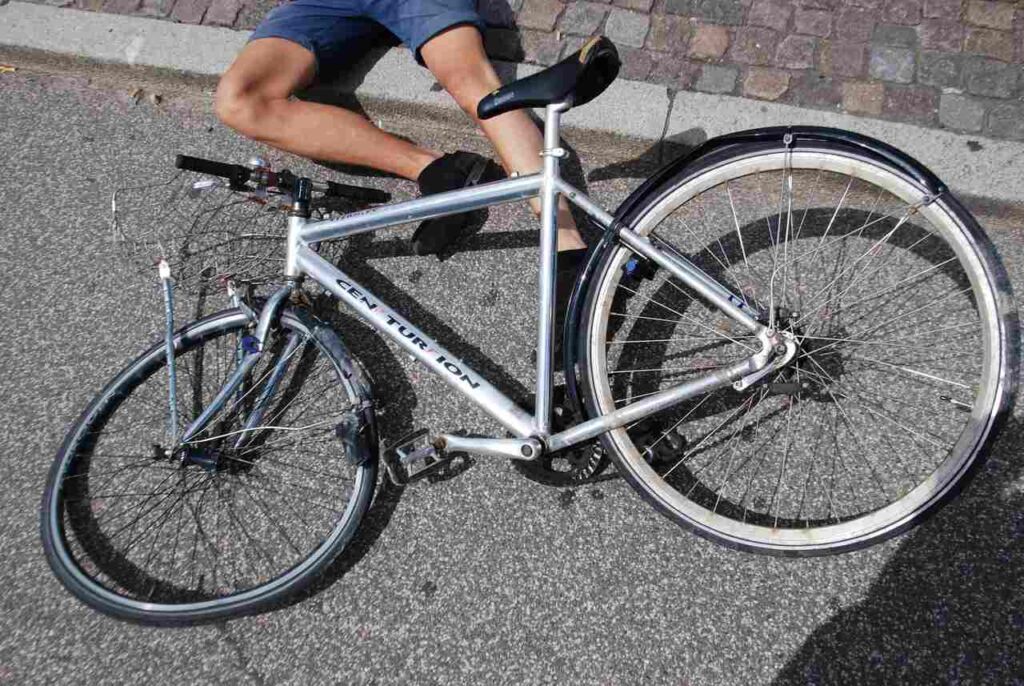
Miami Bicycle Laws: Know Your Rights and Responsibilities
Bicycling in Miami can be a wonderful way to enjoy the city’s beautiful weather and scenic streets. However, as a cyclist, it is crucial to be aware of the laws governing bicyclists to ensure your safety and avoid bicycle accidents. Miami has specific bicycle laws that govern cyclists’ rights and responsibilities while riding on public roads. In this blog, we discuss some key Miami bicycle laws applicable to cyclists to understand their rights and obligations to ride safely and legally.

Helmet Requirement
In Miami, all bicyclists under the age of 16 are required by law to wear helmets while riding. While it is a good practice for cyclists of all ages to wear helmets for safety, it is particularly important for young riders to comply with this legal requirement.
Obey Traffic Laws
Bicyclists in Miami are generally subject to the same traffic laws as motorists. This means stopping at stop signs and red lights, yielding to pedestrians at crosswalks, and using proper hand signals when turning. Obeying traffic laws is not only a legal requirement but also a critical aspect of ensuring safe interactions with other road users.
Use Bike Lanes and Shared Paths
When available, cyclists should use designated bike lanes and shared paths. Miami has made significant efforts to create a bicycle-friendly infrastructure. Utilizing these designated areas enhances safety and improves the flow of traffic.
Riding on the Right
Bicyclists should ride as close to the right-hand curb or edge of the road as practicable, except when passing, making a left turn, or avoiding hazards. This helps maintain a smooth flow of traffic and prevents unnecessary obstruction.
Riding Two Abreast
Cyclists are allowed to ride two abreast in Miami, as long as they do not impede the normal and reasonable flow of traffic. Riding two abreast can increase visibility and enhance safety, but cyclists should exercise caution and move to single-file when needed.
Use of Lights and Reflectors
Bicycles operated in Miami during the hours of darkness must be equipped with a white front light visible from 500 feet and a red rear reflector or red light visible from 600 feet. Using lights and reflectors enhances visibility and reduces the risk of accidents during low-light conditions.
Yield to Pedestrians
Cyclists must yield the right-of-way to pedestrians at crosswalks and should exercise caution when passing pedestrians on sidewalks and shared paths.
No Texting or Phone Use
Just like motorists, bicyclists are prohibited from texting or using their phones while riding. Distracted riding can lead to accidents and compromises the safety of both the cyclist and others on the road.
Conclusion
Following Miami’s bicycle laws is essential for the safety and well-being of cyclists, pedestrians, and motorists alike. Obeying traffic laws, wearing helmets, using designated bike lanes, and exercising caution at intersections are fundamental practices that all cyclists should follow.
By understanding their rights and responsibilities, cyclists can contribute to a harmonious and safe environment for everyone on the road. Staying informed of Miami’s bicycle laws helps ensure a pleasant and enjoyable cycling experience while promoting a culture of respect and cooperation among all road users. Remember, if you have been involved in a bike accident, it is imperative to contact a personal injury attorney.
